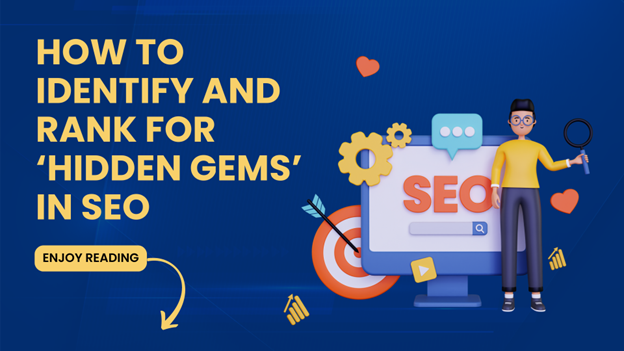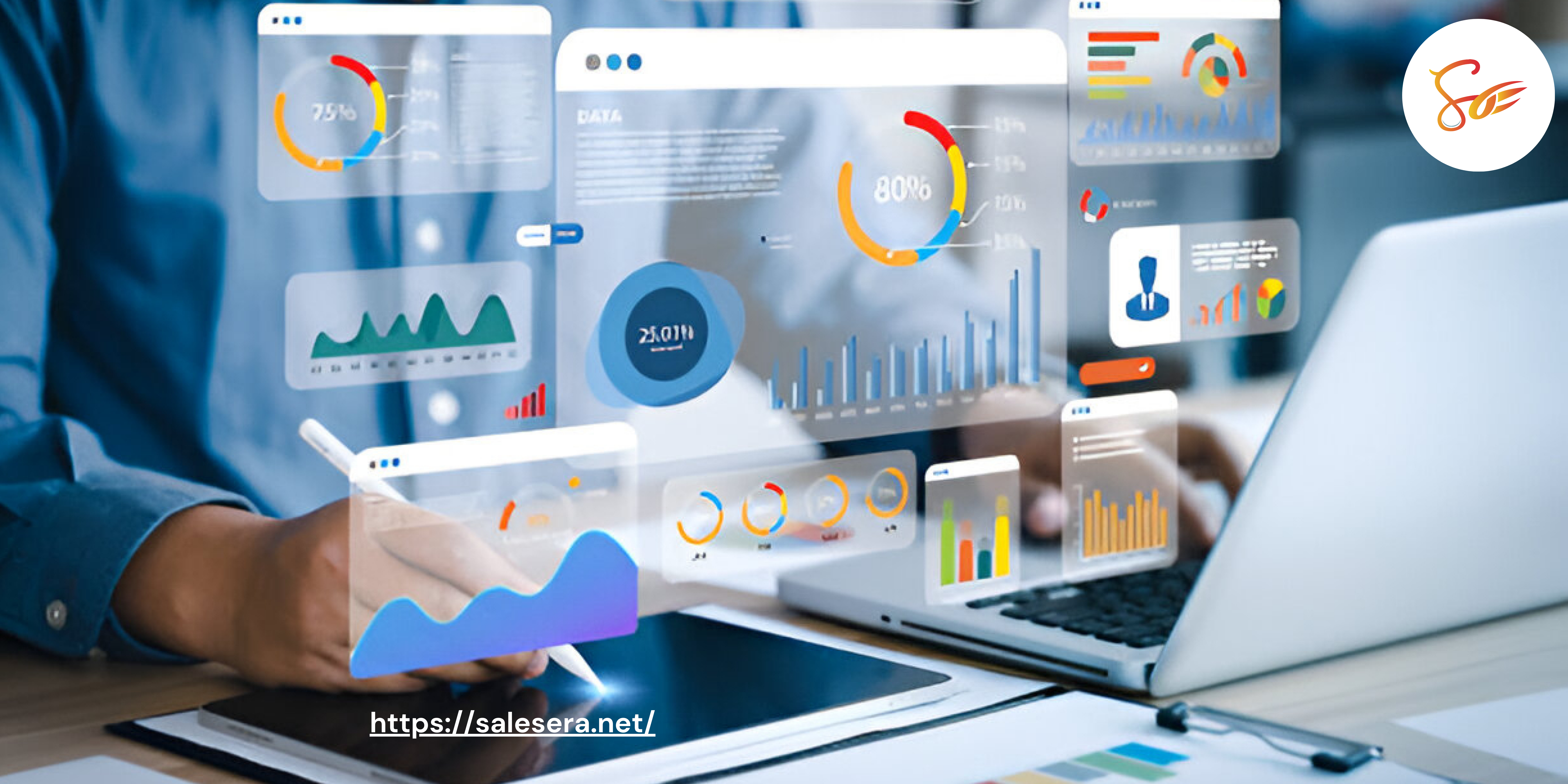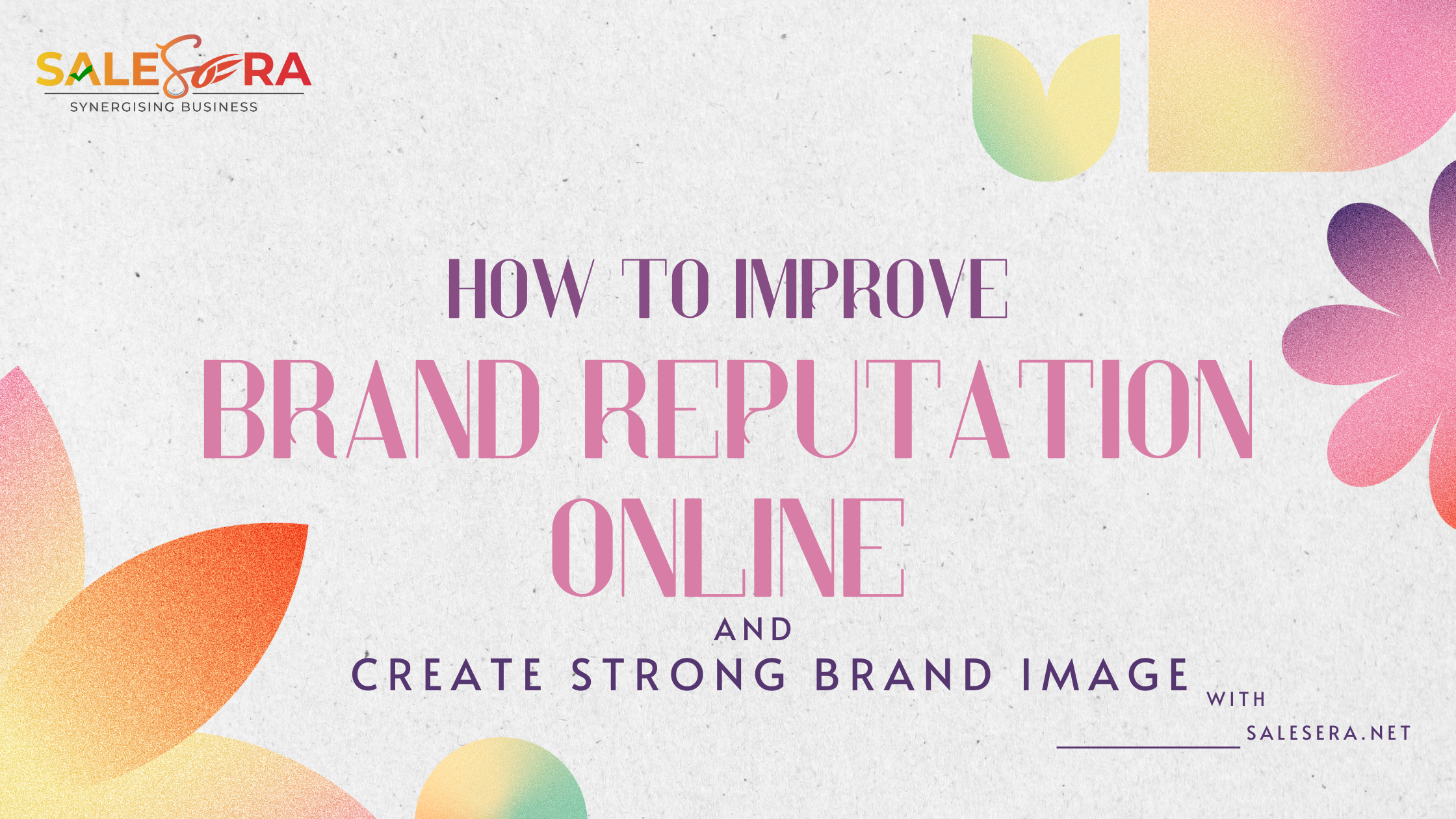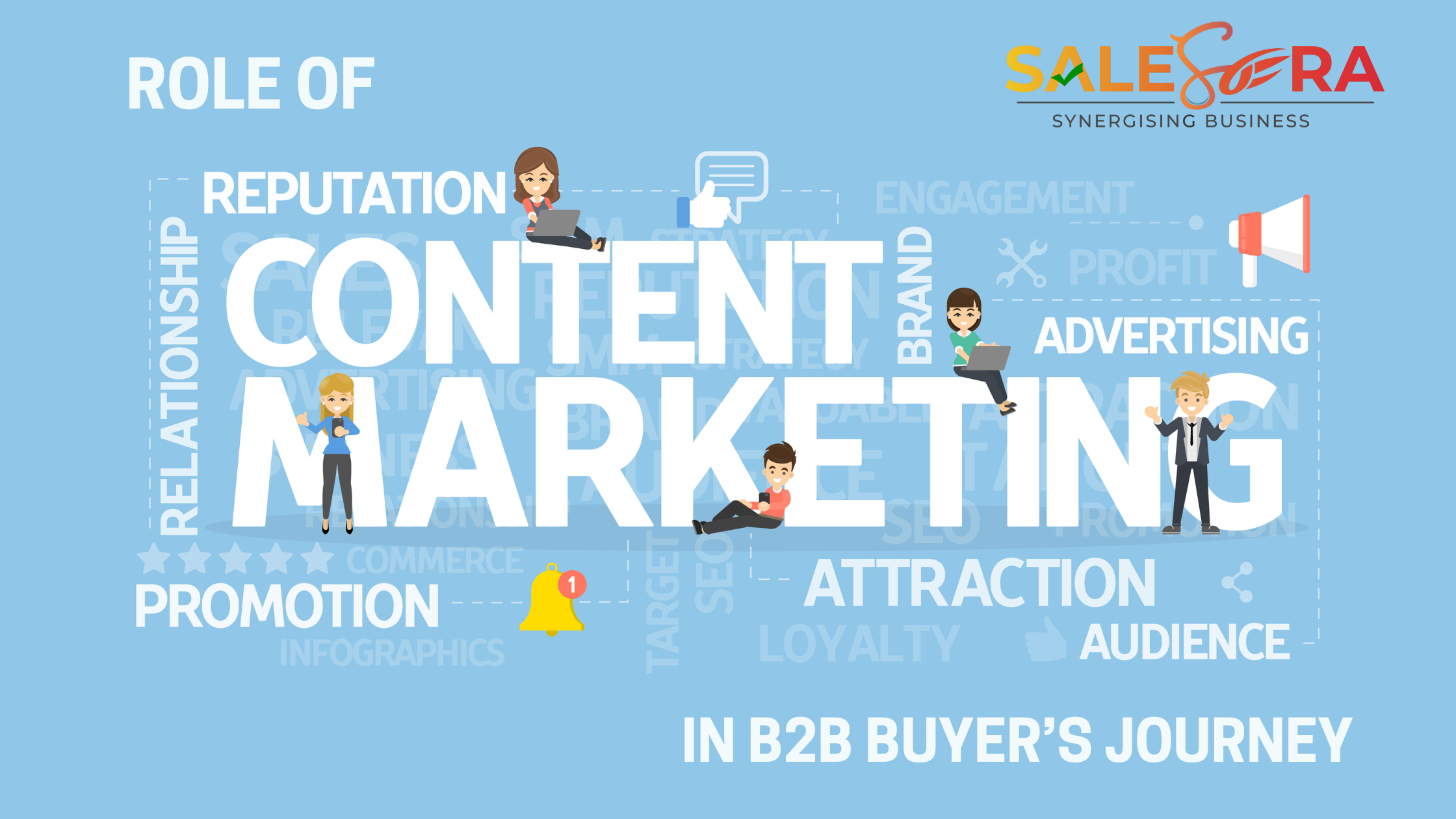Pixels. They are tiny dots of color that combine to form the visual content we see on our screens. Despite their small size, pixels play a critical role in both digital marketing and website design. Pixel size, image resolution, and pixel density are all important factors that need to be taken into account when creating visuals for websites and digital campaigns.
Understanding image quality is crucial for optimizing user engagement and conversion rates. This post explores why pixels matter and how they affect user experience and marketing success.
What Role Does Image Quality Play in User Engagement & Conversion?
Developing an effective visual content strategy is crucial for success in engaging audiences. User experience design principles can help create visuals that look great and drive engagement. Understanding customer feedback is key to providing great customer service. ScorePotential provides insights into how customers perceive a brand, products, and services so companies can make data-driven decisions to better serve their customers. Impression metrics such as Eligible Impressions and Impression Distribution help measure the success of digital campaigns. Knowing your audience is crucial for effective marketing. Different audience types, such as unique reach and signals co-viewed, can help tailor marketing strategies. Analyzing demographics and psychographics can provide a more detailed understanding of your audience and increase your chances of success in marketing efforts.
How Different Image Types Affect User Engagement & Conversion Rates
Images are an incredibly powerful way to communicate information, and the type of image file you choose can make a huge difference in how quickly your content loads, how it looks, and whether or not it can be used for email marketing.
JPEGs are the most common image file format used on the internet. They are a great choice for photographs and other complex images because they can display a wide range of colors and tones. They also have a relatively small file size, which means they load quickly and don’t slow down your website. However, JPEGs are not a good choice for images with sharp edges or text, because they can become pixelated and lose detail when compressed.
PNGs are another popular image file format, and they are often used for graphics and logos. They support transparency, which means you can create images with a clear background that can be placed on top of other images or colors. PNGs also preserve the quality of the image when compressed, which makes them a good choice for images with sharp edges or text. However, PNGs have a larger file size than JPEGs, which means they can slow down your website if you use too many of them.
SVGs are a newer type of image file format that is becoming more popular. They are vector-based, which means they can be scaled to any size without losing quality. This makes them a great choice for logos and graphics that need to be displayed on different devices and screen sizes. SVGs also have a small file size, which means they load quickly and don’t slow down your website. However, SVGs are not a good choice for photographs or images with complex color schemes.
In this article, we’ve compared JPEGs, PNGs, and SVGs to help you choose the best image format for your web content and email campaigns. By understanding the strengths and weaknesses of each file format, you can make informed decisions about how to use images to engage your audience and improve your conversion rates.
Tracking User Behavior and Engagement
Pixels can also be used to track user behavior and engagement on websites and other digital platforms. By placing tracking pixels on key pages or elements, marketers can collect valuable data on how users interact with their content. This can include metrics such as click-through rates, bounce rates, time spent on a page, and more.
By analyzing this data, marketers can gain insights into what’s working and what’s not in their campaigns. For example, if a particular page or element has a high bounce rate, it may indicate that users are not finding the content relevant or engaging. By making changes to the design or content based on these insights, marketers can improve engagement and conversion rates over time.
There are several tools and platforms available to help marketers track user behavior and engagement using pixels. Google Analytics is one of the most popular, providing a wealth of data on website traffic, user behavior, and conversions. Facebook Pixel is another powerful tool that allows marketers to track user interactions with Facebook ads and website content.
Pixel Quality and Image Resolution
The quality of pixels used in images and videos can significantly impact how clear and vibrant they appear on the screen. High-quality pixels can make visuals look crisp and professional, while low-quality pixels can detract from the overall aesthetic and make content appear amateurish. This is particularly important in digital marketing, where visual content is often used to attract and engage potential customers.
One factor that affects pixel quality is image resolution. Resolution refers to the number of pixels in an image, usually expressed as width x height (e.g. 1920 x 1080). The higher the resolution, the more pixels an image contains, and the clearer and more detailed it will appear. However, higher-resolution images also require more data to transmit and may take longer to load, particularly on slower connections or older devices.
To optimize image quality and resolution for digital marketing, it’s important to strike a balance between visual appeal and practicality. Images should be high enough resolution to look professional and clear, but not so large that they slow down page load times or take up too much storage space.
Tips & Tricks to Improve Your Image Quality Without Sacrificing Performance (Keywords: best practices for images on the web, optimizing images for
Images are crucial for websites and blogs, but optimizing them for the web is necessary to ensure they load quickly and don’t use too much bandwidth.
1. Optimizing images
Optimizing images can boost SEO and page speed. Google rewards websites with optimized file sizes and alt tags for images. Image loading time can be improved with jQuery image zoom, which lets users view an image without waiting for it to load completely.
Using image optimization tools like AVADA SEO: These strategies help to ensure that your website is seen by more people and gains higher rankings on search engines.
2. Image file
Image file naming is crucial for optimizing websites for search engine results. Using relevant keywords and descriptive language ensures that images are found in customer searches. Data-driven approaches like on-page SEO can help identify relevant keywords and maximize visibility in search engine results.
3. Alt attributes
Alt attributes, SEO value, and web accessibility are essential tools for any website. They create an optimal user experience and impact search engine optimization and Google image search results. Knowing how to use alt attributes, relevant keywords, and other web search features can help increase visibility in organic searches.
4. Image Editors
Using Adobe Photoshop Express, PicMonkey, PIXLR, Canva, or GIMP can help you edit images. E-commerce images can also be created with the right tools.
Compression Techniques to Optimize Your Image Quality Without Sacrificing Performance
Image compression is an important factor in creating high-quality digital images. By understanding the different types of compression formats, lossy vs lossless algorithms and how to optimize images for the web, you can ensure that your images will look great with minimal storage space.
Understanding the Trade-off Between Image Quality & Performance
File size optimization is a critical element of web page speed optimization. It can help improve website loading times and enhance user experience. Thankfully, there are now a variety of tools available to help optimize file sizes and improve page speed. In this article, we’ll look at some tips for optimizing file size as well as the best tools for achieving it.
Best Practices for Optimizing Your Website Images
Images are powerful for engaging users and conveying information. With image optimization and compression tools, you can ensure high-quality visuals that load quickly on any device.
Performance optimization is essential for successful online businesses. Performance optimization services can identify and fix issues, optimize loading times, and reduce ads lost, allowing for peak performance and faster customer reach.
AI tools like Audiences 10, Target Audience 4, Audience Signals 1, and Co-Viewed Unique Reach Audience can help marketers identify their target audience and create more effective campaigns. By analyzing viewer data, content can be tailored to their interests and behaviors, reaching the target audience more efficiently.
Modern devices like Connected TVs, mobile device IDs, and other mobile devices allow businesses to reach their target audiences more efficiently and effectively. This provides the opportunity to engage with customers in a personalized way and track user behavior.
Search engine optimization (SEO) is crucial for online success. With the help of AI writing assistants, SEO-friendly content can be created quickly, improving website visibility in search engine rankings.
Facebook Ads with sophisticated targeting capabilities and personalized ad formats help maximize ROI. With the help of AI writing assistants, crafting ad copy is easier than ever.
Content delivery networks (CDNs) provide fast, reliable, and secure access to digital content across multiple platforms. Content14Audio Content1Content Delivery Networks6 combines the power of CDN technology with audio streaming capabilities for a seamless user experience.
Active View is a revolutionary platform for real-time ad viewing, creating more targeted and effective campaigns. Advertisers can see which ads are getting the most views and make changes quickly for maximum impact.
Conclusion: Use High-Quality Images. You will increase your website performance, your engagement, and your conversion rate.
Pixels are often overlooked as a small and insignificant element in digital marketing and website design, but their impact cannot be overstated. In fact, they play a critical role in both areas, as they help to optimize pixel quality, which can have a significant impact on website loading speed, SEO, and user experience. Furthermore, pixel optimization can lead to better website performance, higher click-through rates, and increased conversions. In addition, pixels are used to track website visitors and their behavior, which can help businesses to better understand their audience and tailor their marketing strategies accordingly. High-quality images are an essential part of any website, and can make a huge difference in engagement, performance, and conversion rate. Images help to capture the attention of visitors and draw them into your content. They also help to create a more visually appealing website design which can improve user experience and lead to higher conversion rates. By using high-quality images on your website, you will be able to increase engagement, improve performance, and boost conversions. In summary, pixels are crucial in digital marketing and website design, and should not be underestimated.








